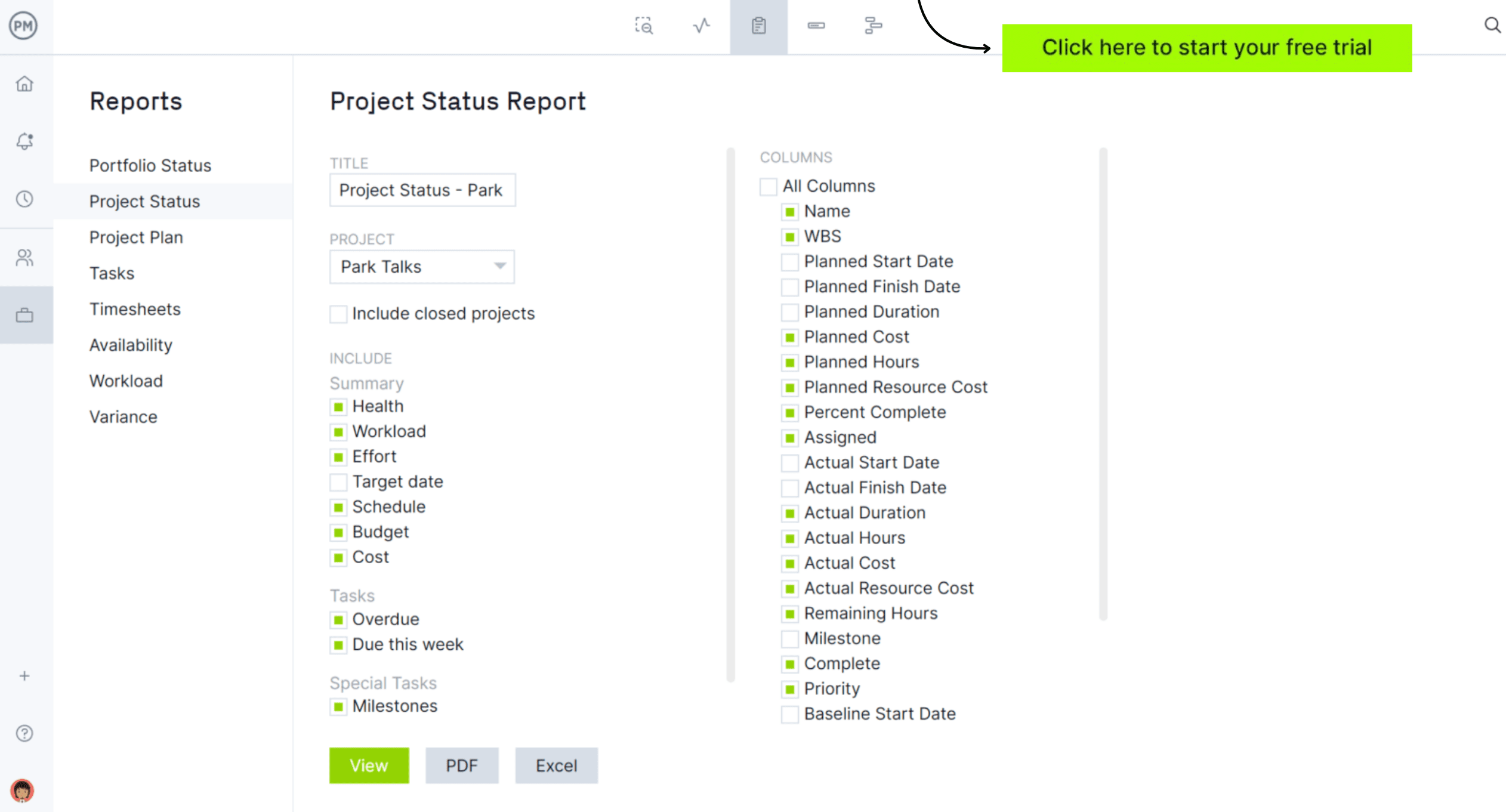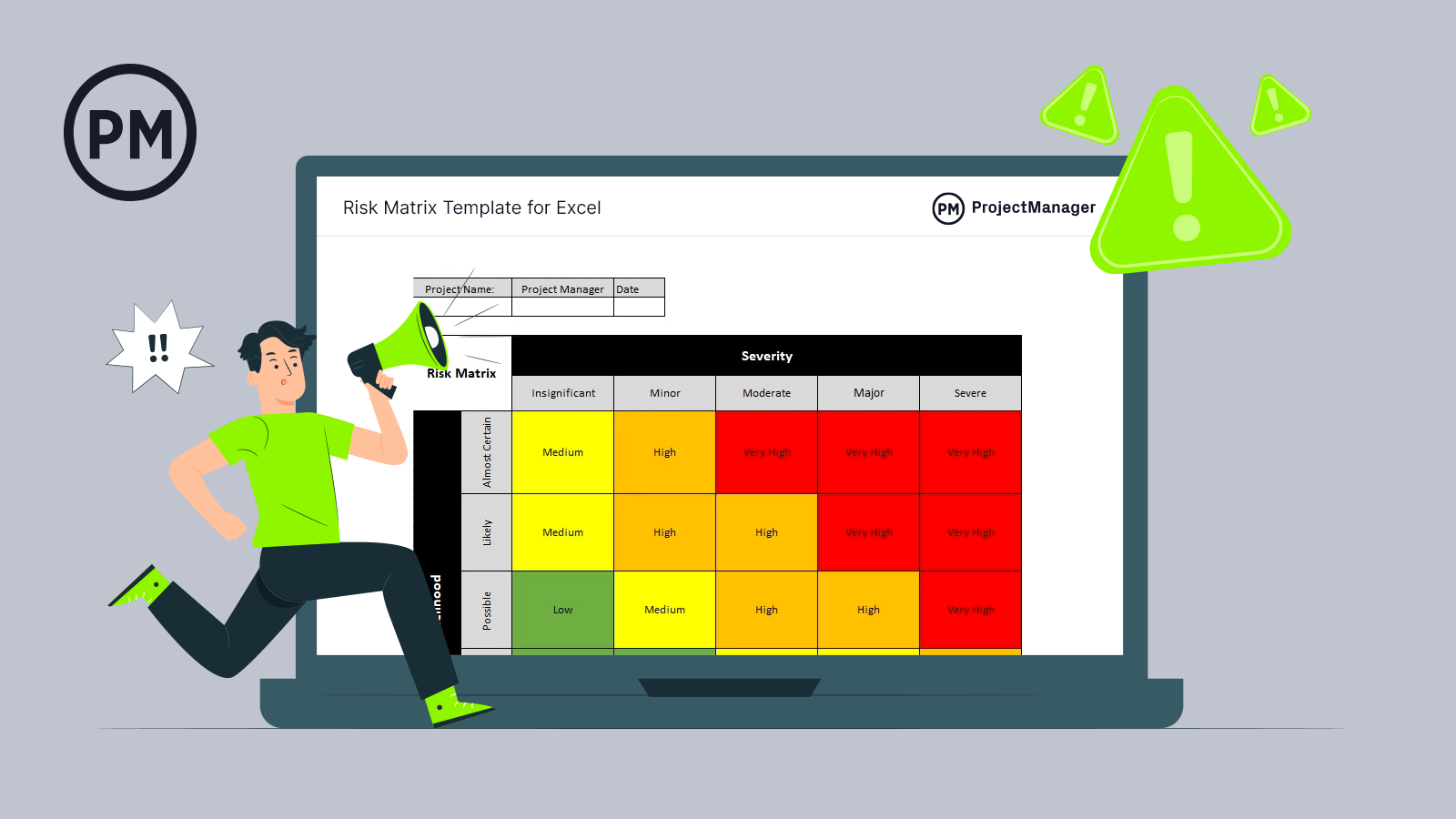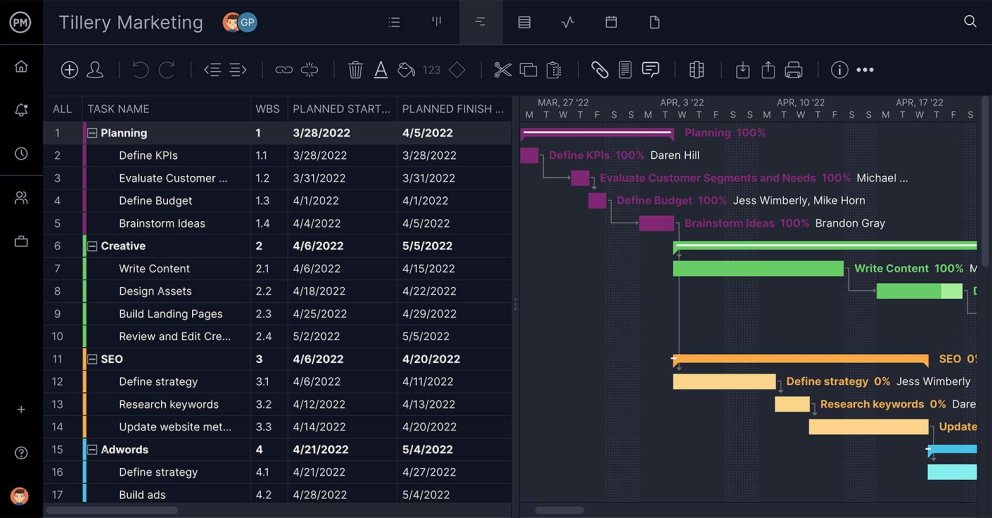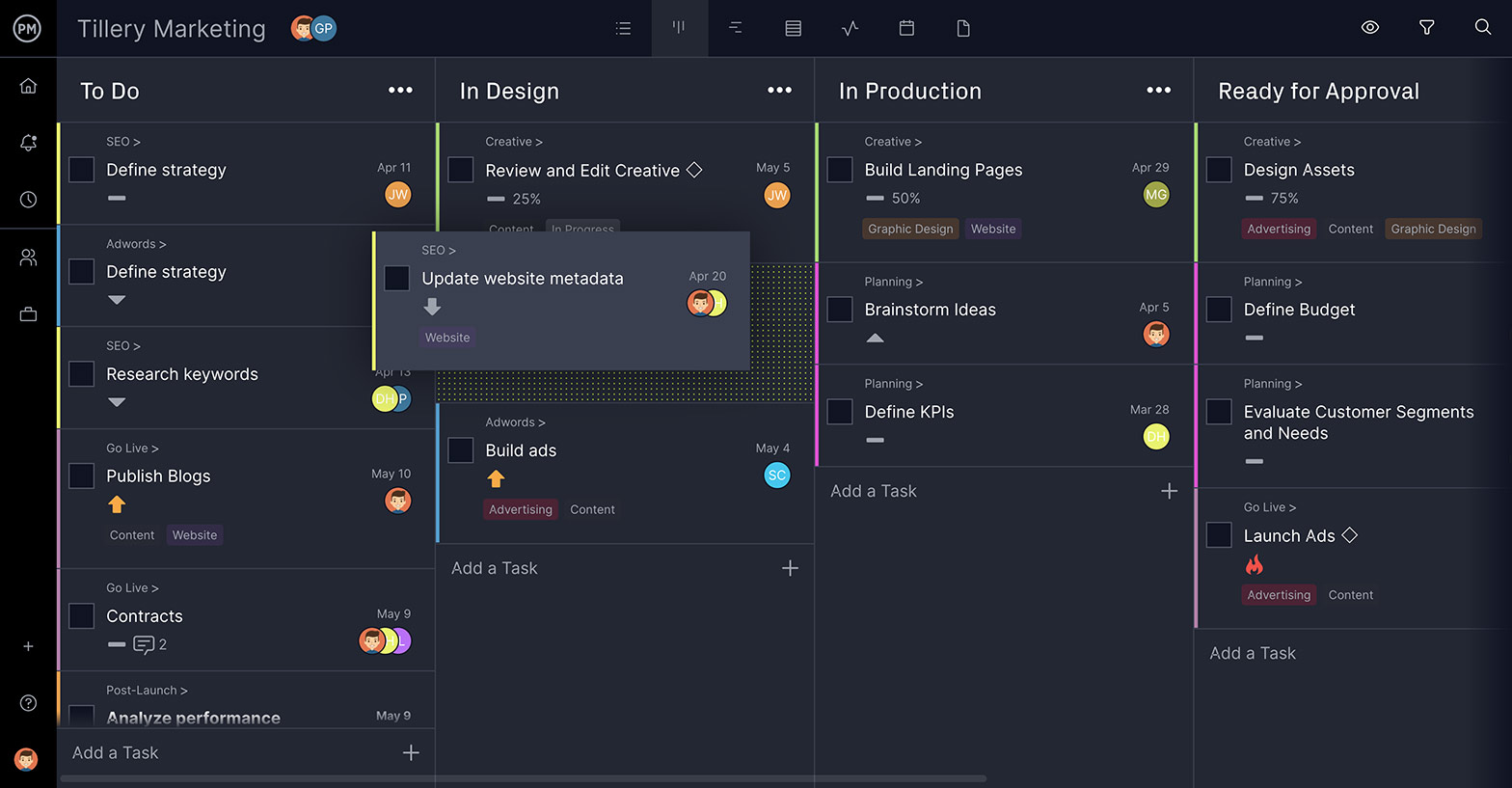Businesses go through a lot. Managers must always be aware of the internal and external factors that can impact their business growth such as economic fluctuations, new competitors, new market trends and more. One of the most common threats to any company is called business disruption.
Business disruption happens whenever a radical change occurs and affects how companies compete in a given industry. An example of business disruption could be the development of a new technology that renders the current methods useless. In this case, what can business managers do? Execute a business impact analysis (BIA).
Business impact analysis is an important tool to help plan for the inevitability of consequences and their cost. BIA is a versatile process that’s used for risk assessment, business continuity planning and disaster recovery planning. Risk is always on the horizon and the better-equipped businesses are to prepare for risk management, the more likely they’ll be able to continue doing business in the future.
What Is Business Impact Analysis (BIA)?
Business impact analysis (BIA) is a method to predict the consequences of disruptions to a business, its processes and systems by collecting relevant data. This data can be used to develop strategies for the business to recover in the case of an emergency.
ProjectManager is project management software that’s equipped with planning tools for business impact analysis, business continuity planning and disaster recovery planning. Our project reports and real-time cost and workload dashboards allow managers to plan more efficiently and communicate key information to clients and stakeholders in minutes. Get started for free.

Scenarios that could potentially cause losses to the business are identified. These can include suppliers not delivering, delays in service, etc. The list of possibilities is long, but it’s key to explore them thoroughly in order to best assess risk. It’s by identifying and evaluating these potential risk scenarios that a business can determine a plan of investment for recovery and mitigation strategies, along with outright prevention.
What Does Business Impact Analysis Address?
The business impact analysis analyzes the operational and financial impacts of a business disruption. These impacts include lost sales and income, delayed sales or income, increased expenses, regulatory fines, contractual penalties, a loss of customers and a delay of new business plans.
Another factor to take into account is timing. The timing of a disruptive event can have a major impact on the loss suffered by a business. If your store is damaged by a natural disaster before a big sale or large seasonal holiday, the impact is greater than during a slower period.
The business impact analysis operates under two assumptions:
- Every part of the business is dependent on the continued operations of the other parts of the business.
- Some parts of the business are more important than others, requiring more allocations when disruptions occur.
BIA vs. Risk Assessment
BIA and a business risk assessment are similar, but the main difference is that a BIA is more specific as it focuses on the business continuity requirements, resource availability and the impact of a business disruption.
On the other hand, risk assessment focuses on the severity and likelihood of potential business risks. This is done to prioritize the risks and create mitigation strategies to solve them.
BIA vs. Business Continuity Planning
Business impact analysis is a component of business continuity planning because a BIA is meant to provide important data for a business continuity plan. How does this work?
A BIA is conducted to determine the most critical business processes, the impact of business disruption in those processes and the resources needed to restore them.
These are all fundamental variables to factor in when creating a business continuity plan, which will act as the course of action that’s taken to ensure that a business will be able to recover from a business disruption.
BIA vs. Disaster Recovery Planning
Similar to the relation between BIA and business continuity planning, BIA is also a useful tool when creating a disaster recovery plan. The BIA identifies failure modes and the costs associated with them. The information obtained from the BIA report is then used as input to create a fully-fledged disaster recovery plan.

Get your free
Risk Matrix Template
Use this free Risk Matrix Template for Excel to manage your projects better.
Who Should Be Involved in a Business Impact Analysis?
The BIA is a collaborative process that requires input from different stakeholders in the organization. The specific roles involved depend on the business’ size and complexity, but generally speaking, here’s who to include.
Senior management and executives offer overall direction and support for the business impact analysis. They help authorize the resources and ensure the BIA aligns with the company’s strategic goals. Also involved are functional or department managers. They help assess the impact of disruptions on their specific functions and offer detailed information on their departments’ operations.
IT managers may also be involved due to their technical expertise. They can offer input on IT systems, data dependencies and infrastructure. Other potentially involved roles include finance managers, human resources department managers, subject matter experts or customers.
How to Conduct a Business Impact Analysis in 4 Steps
While there’s no set way to conduct a business impact analysis, the process follows the general path outlined below.
1. Get Approval for the BIA
The first step is to initiate the process by getting approval from senior management for the project. To begin, define the objectives, goals and scope of the business impact analysis. It should be clear what the business is seeking to achieve.
Then, it’s important to form a project team to execute the business impact analysis. This can be existing staff as long as they know how to conduct a business impact analysis, but this team can be outsourced to a team that’s skilled in this process if the business doesn’t have people for this task.
2. Collect Information
The next step is collecting the information needed to make the analysis. This data can be gathered in several ways, from interviews to a business impact analysis questionnaire, which is the most common tool.
The questionnaire is a detailed survey that’s been developed by the business impact analysis team and has targeted questions that are designed to get answers that assess the potential effect of a disruption to the business.
People who should be interviewed or given the questionnaire include managers, team members, supervisors and others who are knowledgeable about the business processes. It can also include business partners and those working outside of the organization as long as they have sufficient insight. In other words, consider who your stakeholders are.
The information that you collect for your BIA report should include the following:
- The name of the process
- A detailed description of where the process is performed
- All the inputs and outputs in the process
- Resources and tools that are used in the process
- The users of the process
- The timing
- The financial and operational impacts
- Any regulatory, legal or compliance impacts
- Historical data
3. Review the Information
All of this collected data must be documented and reviewed before the information is analyzed. This can be automated by computer or done manually, depending on which is easier, more reliable and practical in terms of formulating a conclusion.
This review accomplishes multiple objectives: it creates a prioritized list of business functions or processes, it identifies the human and technology resources needed to maintain an optimal level of operations and it establishes a recovery timeframe in which to recover the process or function and return it to normal.
4. Create the BIA Report
After this, you’ll want to document the findings. This is when the business impact analysis report is prepared. While the format is not regulated, it often follows the following structure:
- Executive summary
- Objectives and scope
- Methodologies used to gather data and evaluation
- Summary of findings
- A detailed finding on each department of the business (including their most crucial processes, the impact of disruption, acceptable duration of the disruption, tolerable level of losses, cost of recovery, etc.)
- Supporting documents and
- Recommendations for recovery
This document is then presented to management. The decision on how to proceed is in the hands of senior management, so they’re the ones who receive the report. Note that the business impact analysis is not set in stone. Technology, tools and processes change, and the business impact analysis must evolve with them.

Business Impact Analysis Examples
To better illustrate a business impact analysis, let’s delve into some examples across industries. It helps identify critical processes, assess potential disruptions and determine the financial and operational impact.
- Cybersecurity BIA: Let’s start with cybersecurity as an example. If there’s a ransomware attack on customer and order data, this would stop all online sales. The business could lose customer trust and have potential legal ramifications. The BIA could identify the need for data backups and recovery procedures, resulting in more offline backups and a data recovery plan.
- Manufacturing BIA: If a critical machine fails during production, production would halt, impacting order fulfillment. This impacts metrics such as daily revenue and the number of delayed customer orders. The outcome would be a contingency plan that identifies backup supplies or communicates effectively with impacted customers.
- Construction BIA: If a severe storm impacts a construction project, it could damage a partially completed house. This would result in a significant timeline delay, potential safety hazards and potential contract disputes with the homeowner. As a result, project costs would increase. A contingency plan can help establish weather monitoring protocols and establish relationships with backup suppliers for materials.
Why Business Impact Analysis Is Important
The reason that every business should include a business impact analysis is that it’s a part of any thorough plan to minimize risk. All businesses can be disrupted by accidents and emergencies including a failure of suppliers, labor disputes, utility failures, cyber-attacks and not to mention natural or man-made disasters.
Plan Ahead
It’s not ideal to produce a response when one is in the midst of a crisis; a smart business has already prepared for these risks. A response created in dire straits will likely be arbitrary or random, and it will almost certainly be less effective.
With the due diligence of a business impact analysis in hand, a business has a well-thought-out plan of action to recover from adversity. It gives management more confidence in their decisions and judgments when responding to these events.
Prioritize Accordingly
The business impact analysis with allocation instructions prioritizes which operations need immediate recovery and which can wait. It also provides a set of criteria to test the recovery plans. Furthermore, it should identify lost income from the disruption, higher costs the business is likely to accrue if there will be any expenditure on fines and penalties, and the erosion of the business’s reputation and customer base.
All of this information is critical to a business’s success. Problems are part of the business landscape, and ignoring the possibility of some disruption to the process threatens solvency and long-term survival.
Business Management Templates
ProjectManager is project and work management software that’s great for businesses and we offer dozens of tutorial videos and blogs, templates and guides for your business management needs.
SWOT Analysis Template
A situational analysis or SWOT analysis is a great tool to assess the current state of any business. It allows managers to understand the internal and external factors that make up their company’s business environment.
Business Case Template
Our business case template is a versatile document that helps business managers, project managers and entrepreneurs to communicate their business ideas to stakeholders and clients.
Executive Summary Template
Our executive summary template is a great tool to summarize your business plans and project proposals so that you can quickly show project stakeholders and clients the value of your projects.
Turn BIA into Action with ProjectManager
Now that you’ve done the impact analysis, what’s next? The plan is the foundation of any successful project, but a plan needs tools to organize all of its different parts into a working whole. ProjectManager is an online work management software that’s built exactly for this purpose.
Once you have approval, you need to break down the project into tasks. Those tasks will each need a deadline, and they should be assigned to a team member to execute them. ProjectManager gives you multiple ways to initiate your project plan, from the more structured Gantt chart for long-term planning to the visual workflow tool of a kanban board.
But how do you get your spreadsheet into a project? With ProjectManager, that’s easy. You can upload your tasks and it opens as a new project. From the Gantt view, your tasks are plotted on a project timeline to give you the big picture and allow you to link dependent tasks while breaking the project into phases or milestones.

You can assign tasks from any project view and teams can work how they want to work. Team members like kanban boards because they have the necessary context and resources to work on what matters. Managers like the transparency kanban boards provide, showing them who is working on what.

Business impact analysis gives the project life, but ProjectManager gives that life a means to success. Practical and easy to use, projects are productive, making the work that you put into the analysis pay off.
A business impact analysis is a great tool to assess risk and set up a plan of recovery if and when it occurs. That sounds like a project. ProjectManager is project management software that helps you plan your business impact analysis and monitor and report on it when you need to execute it. There’s no risk to taking this free 30-day trial.

